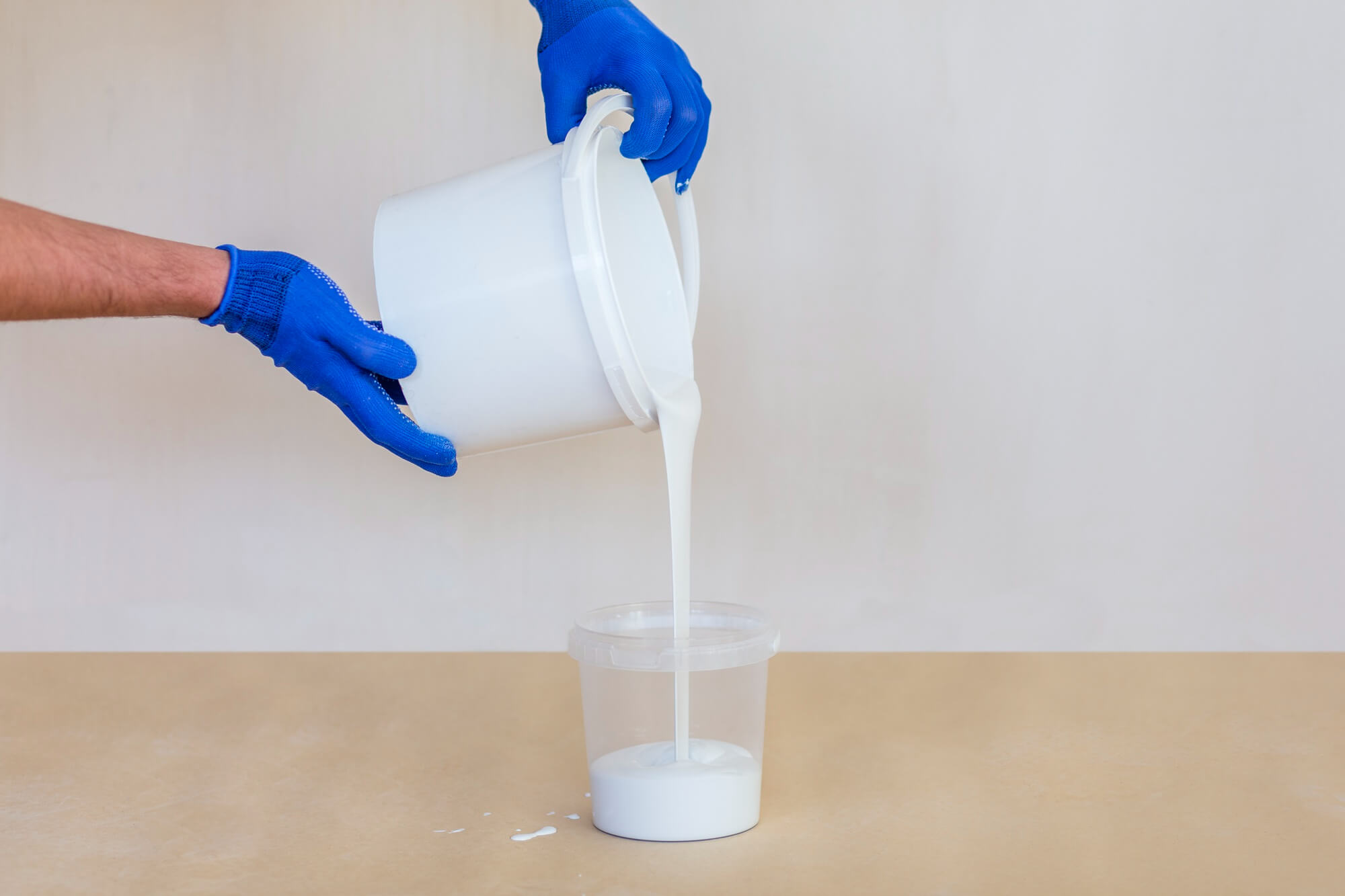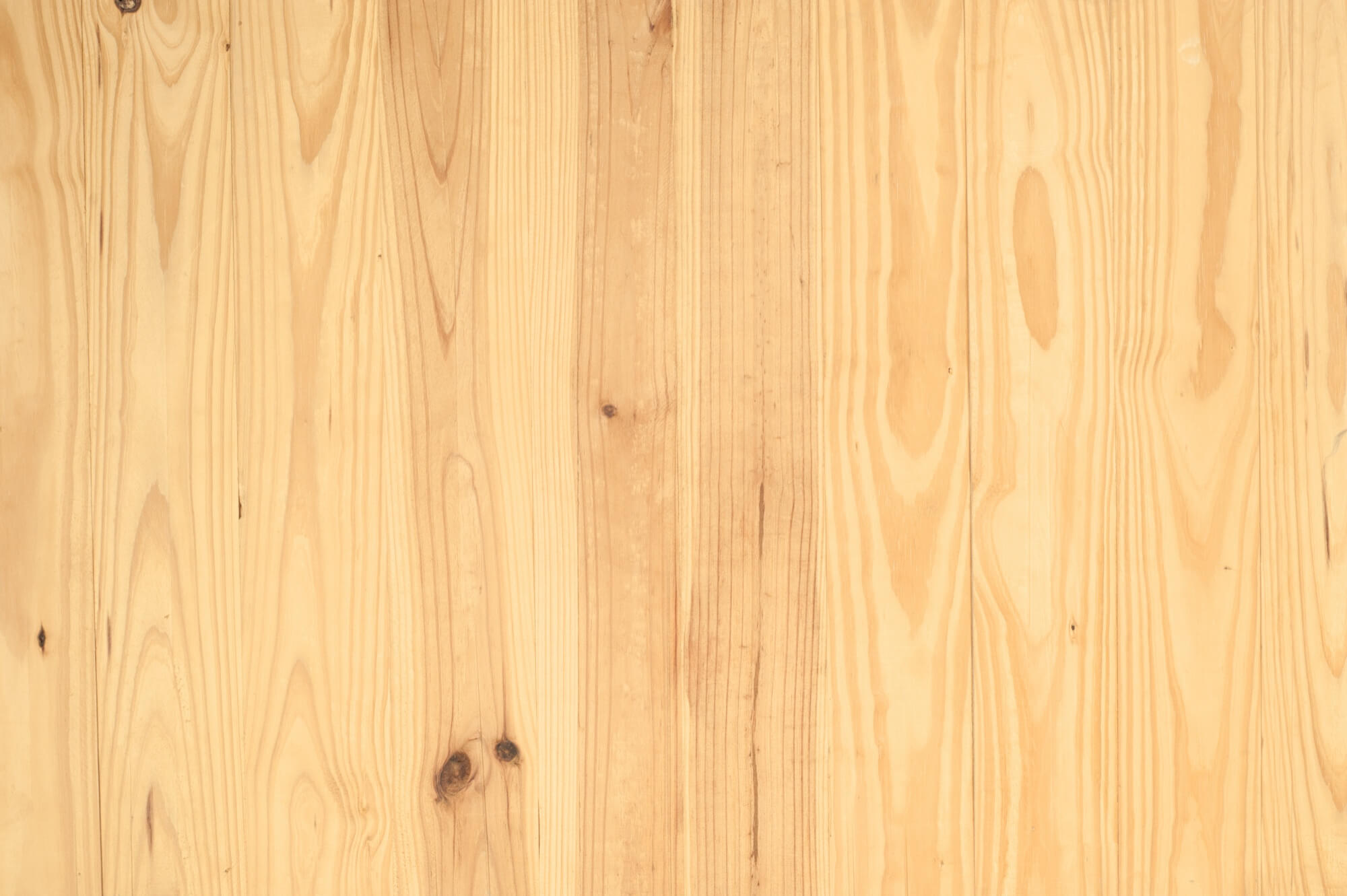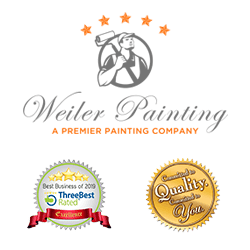When painting your home, choosing a suitable primer is crucial to achieving a professional-looking finish that lasts. A high-quality primer can help improve paint adhesion, hide stains and imperfections, and prevent moisture intrusion. In this article, we’ll guide you through selecting the best paint primer for your project. For professional painting services, contact Weiler Painting.
Consider Your Surface Type
Different surfaces require specific types of primers to achieve optimal adhesion and durability. Choose a primer for your surface type to ensure proper bonding and lasting results.
• Wood surfaces – use a wood primer specially designed to penetrate and seal the surface, prevent tannin stains, and create a smooth, even base for paint.
• Metal surfaces – choose a rust-inhibiting primer with excellent adhesion and corrosion resistance.
• Masonry surfaces – select a masonry primer designed to adhere to porous surfaces, fill small cracks, and promote paint adhesion.
• Drywall surfaces – use a drywall primer designed to seal the surface, reduce porosity, and create a uniform base for paint.
Choose Your Paint Type
The type of paint you plan to utilize can also impact your primer selection. Some paints have unique adhesion requirements that necessitate the use of specific primers.
• Latex paint – latex paint adheres well to most surfaces, so a multi-surface primer is a good choice.
• Oil-based Paint – oil-based paint requires an oil-based primer to achieve optimal adhesion and durability.
Evaluate the Surface Condition
The condition of your surface is also a significant factor in determining the best primer for your project. If the surface has concrete stains or damages, you may need a primer with extra stain-blocking or filling properties.
• Stain-blocking primer – use a stain-blocking primer to hide water stains, nicotine stains, and other types of discoloration.
• Filling primer – choose a filling primer to level out slight surface imperfections and cracks.
Consider Your Environment
The environment where you’ll be painting can also affect your primer selection. If your surface is exposed to high moisture, extreme temperatures, or other harsh conditions, you’ll need a primer to withstand those factors.
• Moisture-resistant primer – use a moisture-resistant primer on surfaces exposed to high humidity, such as bathrooms and kitchens.
• Heat-resistant primer – choose a heat-resistant primer for surfaces exposed to high temperatures, such as radiators or grills.
Look for Additional Benefits
Some primers offer additional benefits, such as mold resistance, odor-blocking, or quick-drying properties.
• Mold-resistant primer – choose a mold-resistant primer for areas prone to mold growth, such as basements or bathrooms.
• Odor-blocking primer – use an odor-blocking primer to neutralize unpleasant smells, such as cigarette smoke or pet odors.
• Quick-drying primer – select a quick-drying primer if you’re short on time and need to paint quickly.
In conclusion, choosing the best paint primer involves considering your surface type, paint type, surface condition, environment, and any additional benefits you may need. Take your time and do your research to ensure you select the suitable primer for your project, and you’ll be rewarded with a professional-looking finish that lasts.



